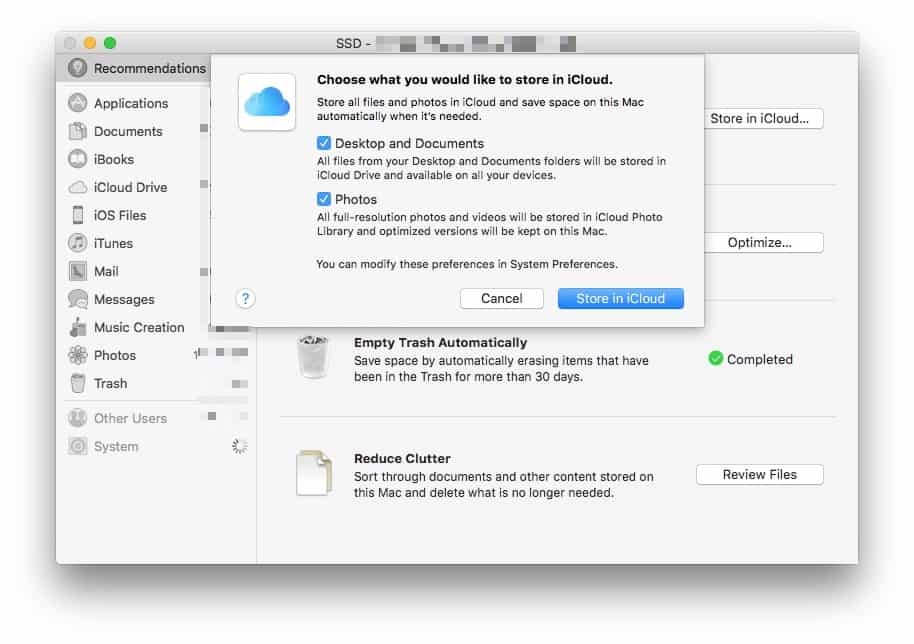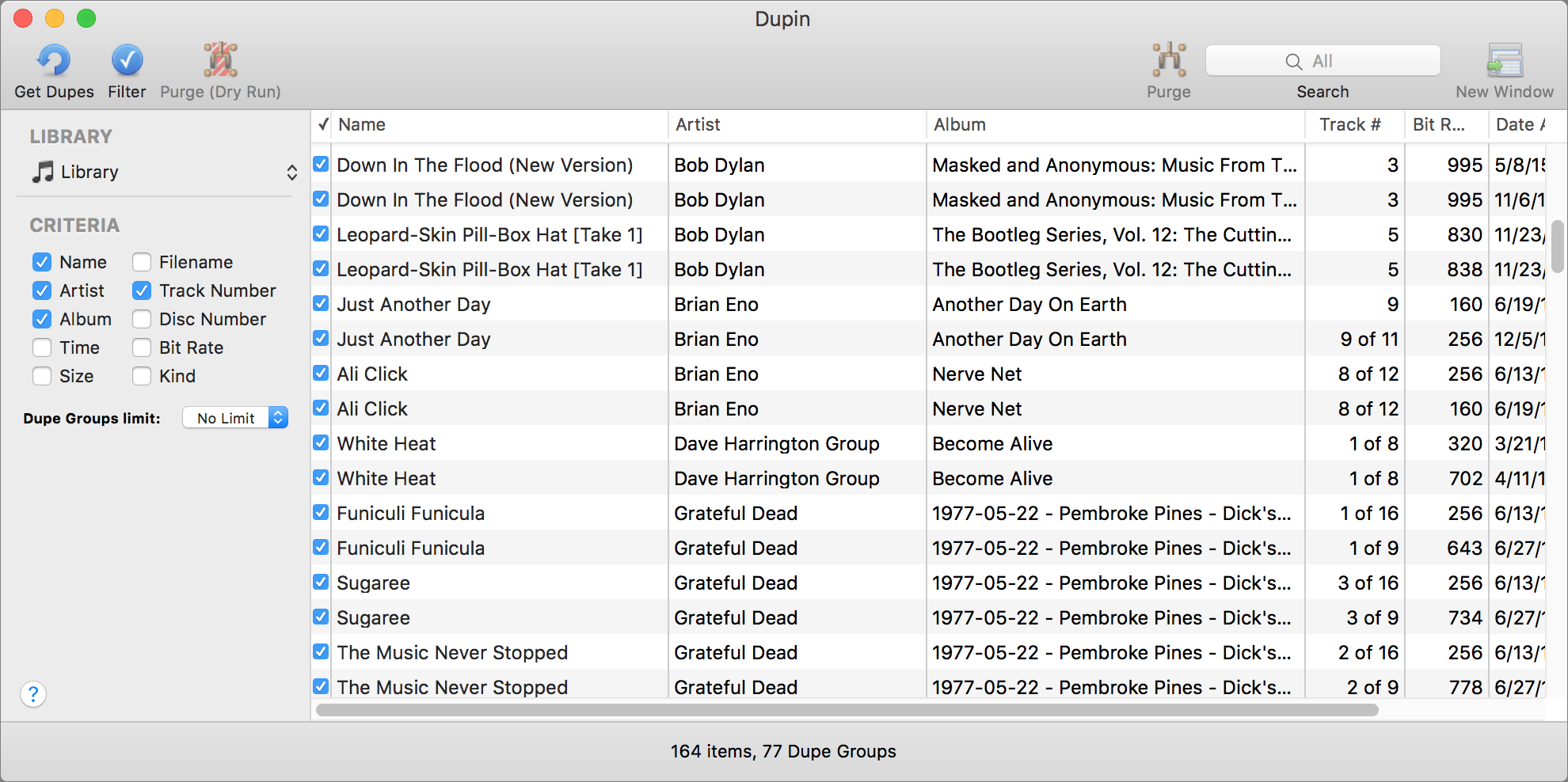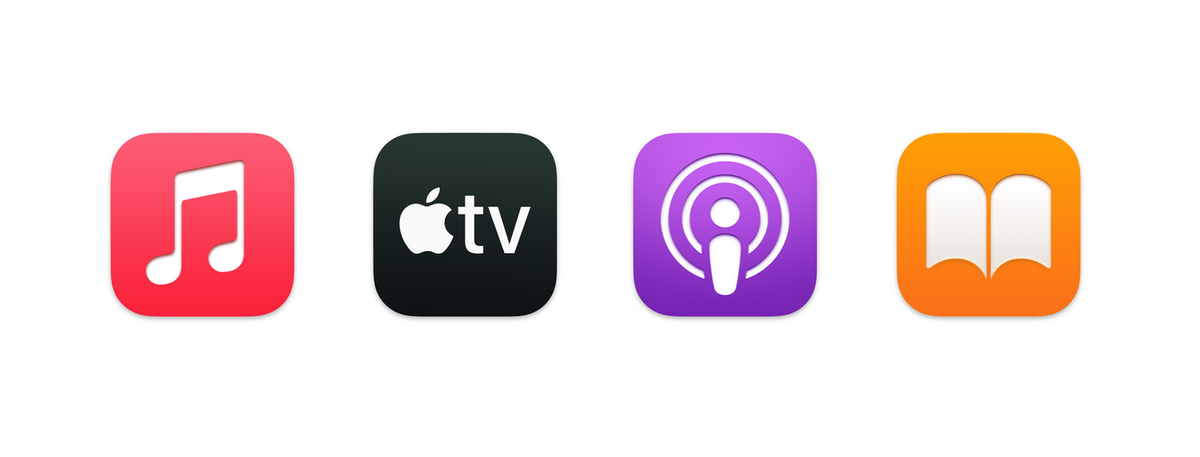
- LOOK FOR STORED ITUNES DOCUMENTS ON MAC MAC OS X
- LOOK FOR STORED ITUNES DOCUMENTS ON MAC PDF
- LOOK FOR STORED ITUNES DOCUMENTS ON MAC MANUAL
- LOOK FOR STORED ITUNES DOCUMENTS ON MAC ARCHIVE
- LOOK FOR STORED ITUNES DOCUMENTS ON MAC SOFTWARE
You told the browser to download the file which goes into a location you chose in the settings. How do you enter information into the app? Even better, does “entering” actually mean “organizing”? Just think about it: when you download something with Safari and that something goes into the /Downloads folder (which you specified in the Preferences), you’re already entering and organizing information on your computer. The most important step is the first one. Shawn Blanc, Yojimbo, and The Case for Anything Buckets. Regardless of who, what, when, where, or why, the best Anything Bucket is ready to receive any bit of information that threatens to elude you.

The info we throw at them can be permanent, temporary, important, or trivial. And if you use them, depth will come from breadth. The very best ones lend themselves to perpetual use.

LOOK FOR STORED ITUNES DOCUMENTS ON MAC SOFTWARE
Is information permanent and editable, or is it just a link pointing to the original file? Does the software create a copy of that file in its own library, or just tell you that it has collected some info about it - but it doesn’t store the file? You should consider these aspects when choosing your app, as it’s fundamental for your future productivity.Īnything Buckets should be more about ease of use than about depth of features. Being different in the purpose means being different in features but, most of all, in how the software plays with information.
LOOK FOR STORED ITUNES DOCUMENTS ON MAC MAC OS X
The Finder is a Mac OS X default file manager, Yojimbo is an “ anything bucket”, iDocument just stores and previews docs, Leap can tag files. The applications we’re focusing on are very different both in the realization and general purpose. The application should be able to preview the files and export as soon as I need them out of the app. Personally, I need a standalone application that could store documents (be them PDFs or iWork docs), images and other files (notes, archives). I won’t tell you what you need, you should know. Or perhaps you don’t want to organize anything, as you prefer tagging over moving stuff to folders. Do you want to store all kinds of files into a dedicated database? Or maybe you just want to have a well organized Finder? Oh wait, maybe you just want to collect your. We’ll surely miss a lot of apps, but we wanted to focus on those we know and use on a regular base.įirst, you should ask yourself what you need. In this post I and Cody will take a look at 4 different systems (Finder, Yojimbo, iDocument, Leap) and discuss how they actually work, in which cases.
LOOK FOR STORED ITUNES DOCUMENTS ON MAC ARCHIVE
If you work with your Mac, you need a powerful centralized solution to sort and archive files. iDocument lets you import documents, tag them, organize them in folders and smart collections. I still have Yojimbo in my dock, if you ask.Ī few weeks ago I discovered and wrote about a new app, iDocument, which wants to be the ultimate solution for storing and retrieving documents on Mac OS X. Be sure to read my previous post about if you missed it. So I started using Yojimbo which allowed me to enter any kind of information both manually and in other ways like the Quick Panel or the Drop Dock.
LOOK FOR STORED ITUNES DOCUMENTS ON MAC PDF
pdf files, spreadsheets, reports, casual but still important notes) and new pieces of text each day, the situation became unmanageable and yeah, Finder was slow and cluttered.


With hundreds of documents to manage (be them. Problem is, I couldn’t use a hierarchical folder system anymore. Guess there’s a second time for everything, right? I fell in love with it, much like I did with Things from CulturedCode the second time I tested it. Maybe it was some months ago, back in September / October, when I made up my mind and decided to give Yojimbo a second, in-depth spin. I’m talking about the day I realized I needed a better solution to store all my documents, as the Finder simply couldn’t do that anymore. It wasn’t long time ago, though I can’t remember very well. John Gruber, The Untitled Document Syndrome. This is not an argument that all software should abstract the file system by using the library paradigm, but just that more software should.
LOOK FOR STORED ITUNES DOCUMENTS ON MAC MANUAL
To argue that users should embrace manual file system management for every bit of data they wish to store is to argue against human nature. Once you’ve added a song to iTunes you no longer need to worry about where it actually is in the file system Instead of putting music files into a folder, all you had to do was put it into iTunes. But the more important conclusion is less obvious, which is that nearly everyone can benefit from the use of software that doesn’t require explicit file system management at all.


 0 kommentar(er)
0 kommentar(er)
